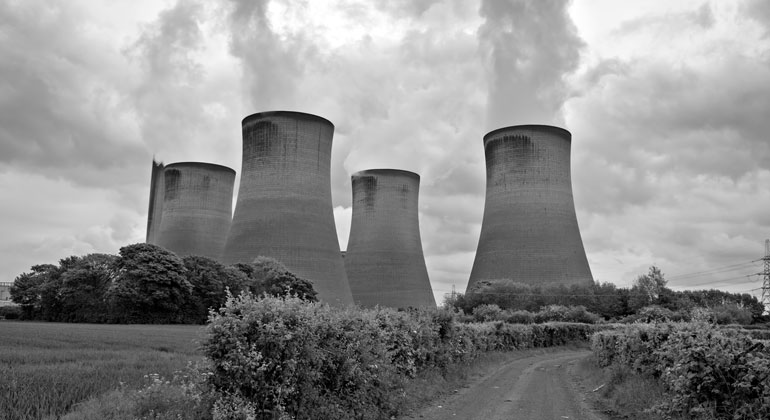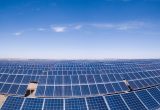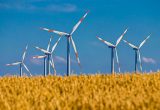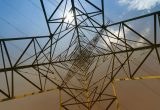Cheaper to build new renewables than run existing coal plants within 10 years’ time in South-east Asia
$60 billion in stranded value at risk in Indonesia, Vietnam and the Philippines
Compared to operating existing coal-fired power stations, by 2027/28 it will be cheaper to build new solar PV in Indonesia and Vietnam, and new onshore wind in Vietnam by 2028.
This is a key finding of Carbon Tracker’s new research which examines how meeting climate goals set out in the Paris Agreement could affect the role of coal-fired power plants in Indonesia, Vietnam and the Philippines. As government policy, market liberalisation and renewable technology advances play out across the three countries, owners of coal power units in Vietnam, Indonesia, and the Philippines risk losing up to $60 billion in stranded value.
Matt Gray, head of power and utilities at Carbon Tracker said:
“Given that power sector investments have multi-decade time horizons, investors and policymakers need to act now to minimise stranded assets and avoid high-cost energy lock-in.”
The companies most at risk from stranded assets are: PT PLN Persero (Indonesia) $15billion, San Miguel Corporation (Philippines) $3.3billion and EVN (Vietnam) $6.1billion (see table below).
- Stranded Risk Summary Table – Refer to Individual Country Briefs for Full Breakdown (table right)
In addition, Carbon Tracker researchers found:
- From 2010-17 coal generation increased 72% Vietnam, 50%+ in the Philippines, and 53% in Indonesia
- Due to rapidly declining cost of renewable energy, the average coal unit in these nations will be retired at just 15 years old, far earlier than forty-year assumptions often associated with coal plant lifetimes







